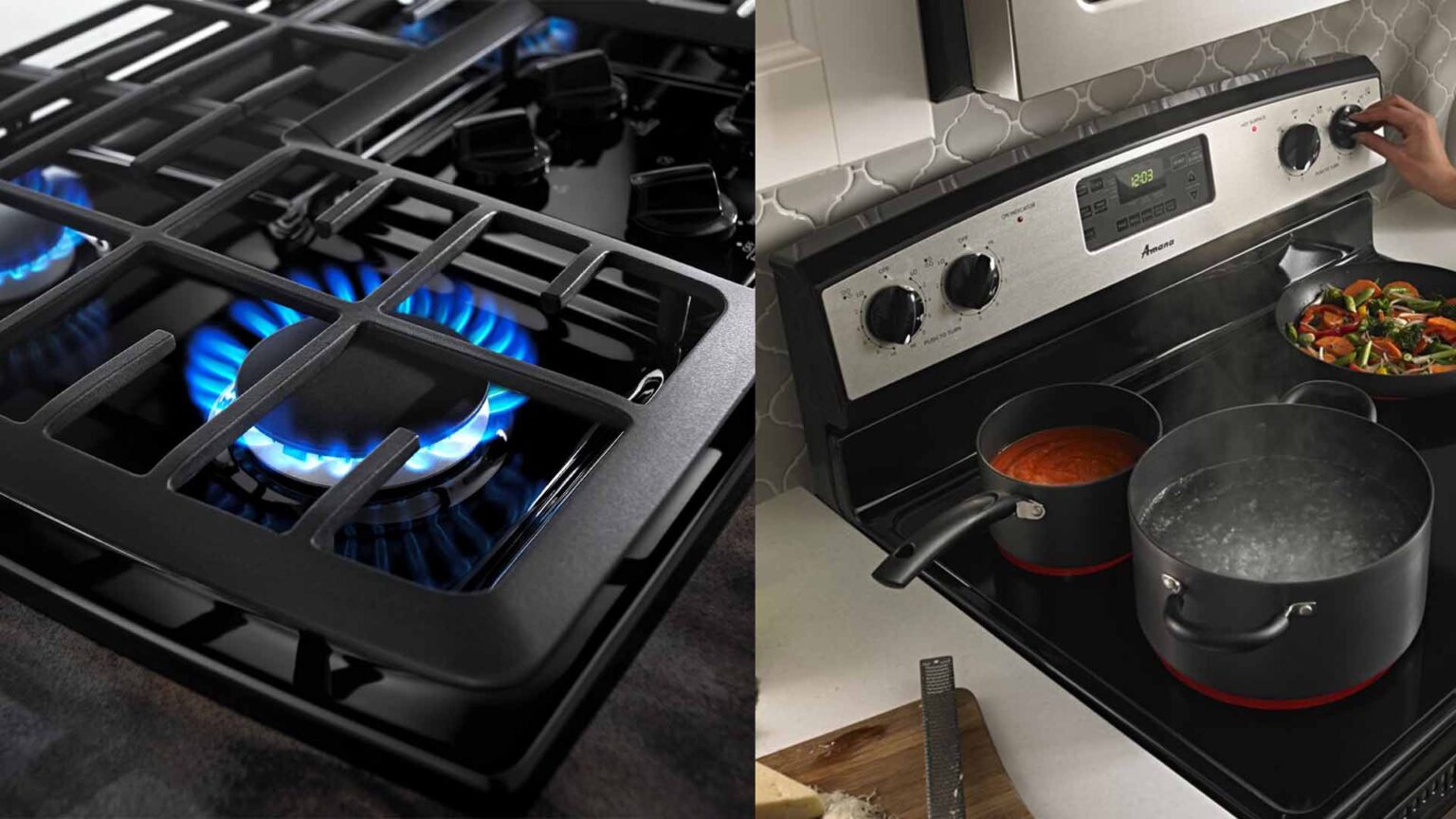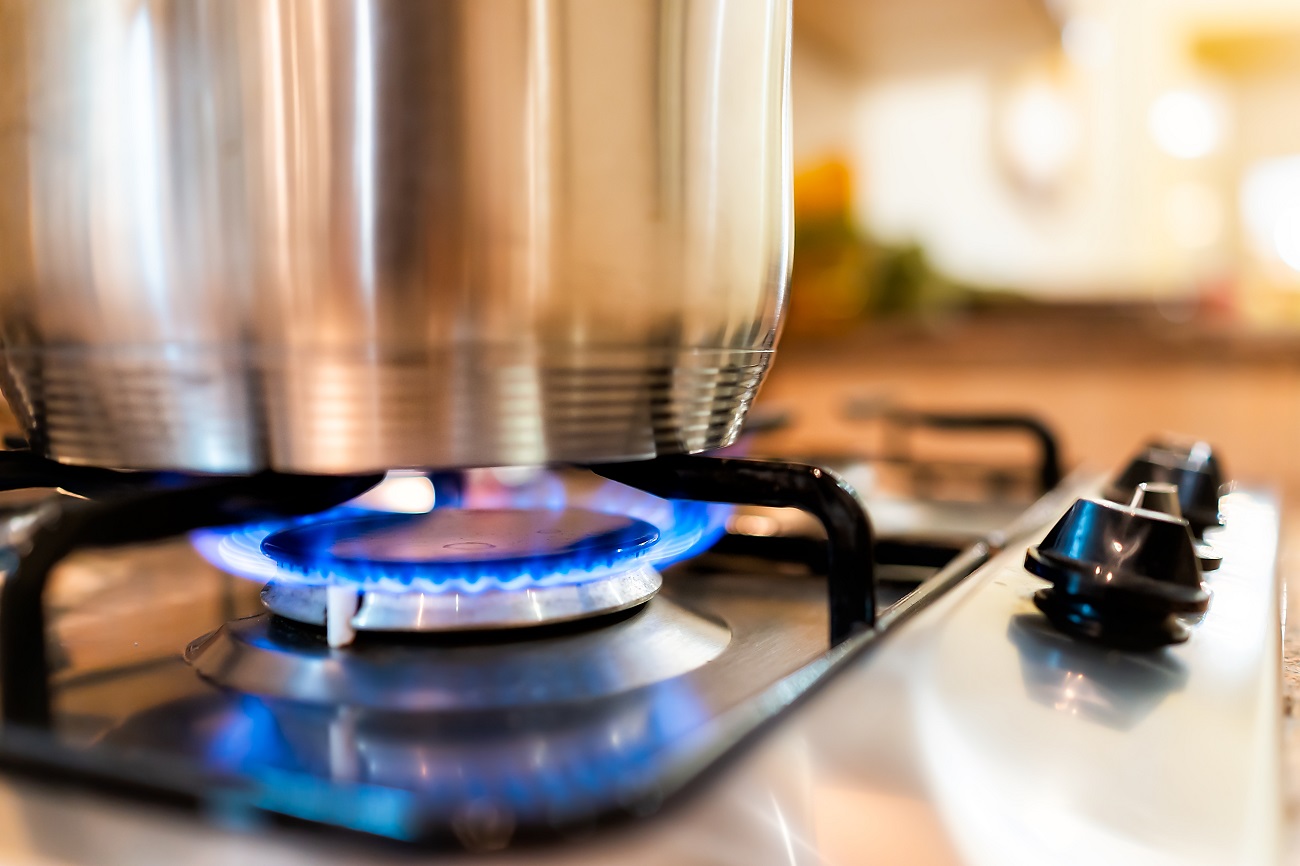How to use a gas stove:A Guide to Proper Operation and Safety
I. Introduction to Using a Gas Stove
A. Overview of Gas Stove Operation and Benefits

Using a gas stove offers several benefits, including precise heat control, instant heat response, and efficient cooking. Gas stoves allow for easy adjustment of flame intensity and provide a consistent and even heat source for cooking.
B. Embracing Safety Precautions for Gas Stove Usage
Safety is paramount when using a gas stove. Understanding and following safety precautions, such as proper ventilation and regular maintenance, ensures safe and efficient use of the appliance.
C. Exploring the Steps to Safely and Efficiently Use a Gas Stove
Using a gas stove involves preparing the cooking area, familiarizing yourself with the stove components, turning on the burners, igniting the flame, and adjusting the flame intensity and heat for cooking needs.
II. Preparing the Cooking Area
A. Clearing the Stovetop of Debris or Objects
- Removing Any Obstructions or Flammable Materials
Ensure that the stovetop is clear of any debris, kitchen utensils, or other objects that could obstruct the burners or pose a fire hazard.
- Ensuring a Clean and Safe Cooking Surface
Regularly clean the stovetop to remove grease, spills, and food residue. A clean cooking surface ensures optimal heat distribution and reduces the risk of flare-ups or accidents.
B. Ensuring Proper Ventilation
- Opening Windows or Using Exhaust Fans
To maintain proper ventilation, open windows or use exhaust fans when cooking. This helps remove any potentially harmful gases, such as carbon monoxide, and ensures fresh air circulation.
- Promoting Airflow and Reducing Gas Buildup
Ensure that the cooking area is well-ventilated to prevent gas buildup. Adequate airflow helps maintain a safe environment and allows for efficient combustion.
III. Familiarizing Yourself with Stove Components
A. Identifying Burner Layout and Control Knobs
- Understanding the Number and Placement of Burners
Take note of the number and placement of burners on your gas stove. Familiarize yourself with their locations to ensure proper use and control.
- Differentiating Between Control Knobs for Each Burner
Each burner on the gas stove has a corresponding control knob. Identify and differentiate between the control knobs to ensure you can operate each burner independently.
B. Understanding Gas Control Symbols
- Interpreting the Symbols and Indicators on the Knobs
Gas control knobs have symbols or indicators that represent different heat settings. Take the time to understand and interpret these symbols to control the flame intensity and heat output accurately.
- Knowing the Function of Each Control Symbol
Each control knob corresponds to a specific burner and controls the gas flow and heat output for that burner. Understanding the function of each control symbol allows for precise heat control during cooking.
IV. Turning On the Gas Stove Burners
A. Locating the Gas Supply Valve
- Finding the Gas Supply Valve behind the Stove
Locate the gas supply valve, which is typically located behind the stove. It controls the flow of gas to the burners and oven.
- Ensuring Proper Positioning of the Valve (Open or Closed)
Check the position of the gas supply valve. If it is closed, turn it to the “open” position to allow gas to flow to the burners.
B. Opening the Gas Supply Valve
- Turning the Valve Handle to the “Open” Position
When the gas supply valve is closed, turn the handle or lever to the “open” position. This allows gas to flow from the supply line to the burners.
- Listening or Checking for Gas Flow
Once the gas supply valve is open, listen for the sound of gas flowing or perform a visual check to ensure that gas is flowing to the burners.
V. Igniting the Gas Stove Burners
A. Selecting the Desired Burner
- Identifying the Burner You Wish to Use
Identify the burner you wish to ignite for cooking. Familiarize yourself with the layout of the burners to ensure you ignite the correct one.
- Ensuring the Correct Control Knob Corresponds to the Chosen Burner
Make sure you are turning the control knob that corresponds to the burner you want to ignite. Using the wrong knob may result in igniting the wrong burner.
B. Turning the Control Knob to Ignition
- Aligning the Ignition Symbol on the Control Knob
Position the control knob to align the ignition symbol with the appropriate marking or position on the stove. This indicates the ignition position on the knob.
- Holding and Turning the Knob to the Ignition Position
Press and hold the control knob in the ignition position while turning it counterclockwise to ignite the gas. Continue to hold the knob until the burner ignites.
VI. Adjusting Flame Intensity and Heat
A. Controlling the Flame Size
- Gradually Increasing the Flame Size
To increase the flame size, continue holding the control knob in the ignition position while slowly turning it counterclockwise. This allows more gas to flow, resulting in a larger flame.
- Adjusting the Control Knob for Desired Heat Output
To adjust the heat output, turn the control knob clockwise to decrease the flame size or counterclockwise to increase it. Experiment with different settings to achieve the desired heat level for your cooking needs.
B. Using Different Heat Settings
- Understanding the Range of Heat Settings
Gas stoves typically have a range of heat settings, indicated by the control knob symbols or numbers. Each setting represents a different level of heat output.
- Selecting the Appropriate Setting for Cooking Needs
Choose the appropriate heat setting based on your recipe or cooking needs. Higher settings produce more heat, while lower settings provide a gentler heat source.
Using a gas stove is a safe and efficient way to cook your meals. By following these step-by-step instructions, from preparing the cooking area to igniting the burners and adjusting the flame intensity, you can enjoy a convenient and precise cooking experience. Always prioritize safety by ensuring proper ventilation and being mindful of gas leaks. With proper operation and care, you can confidently utilize your gas stove for delicious meals time and time again.
